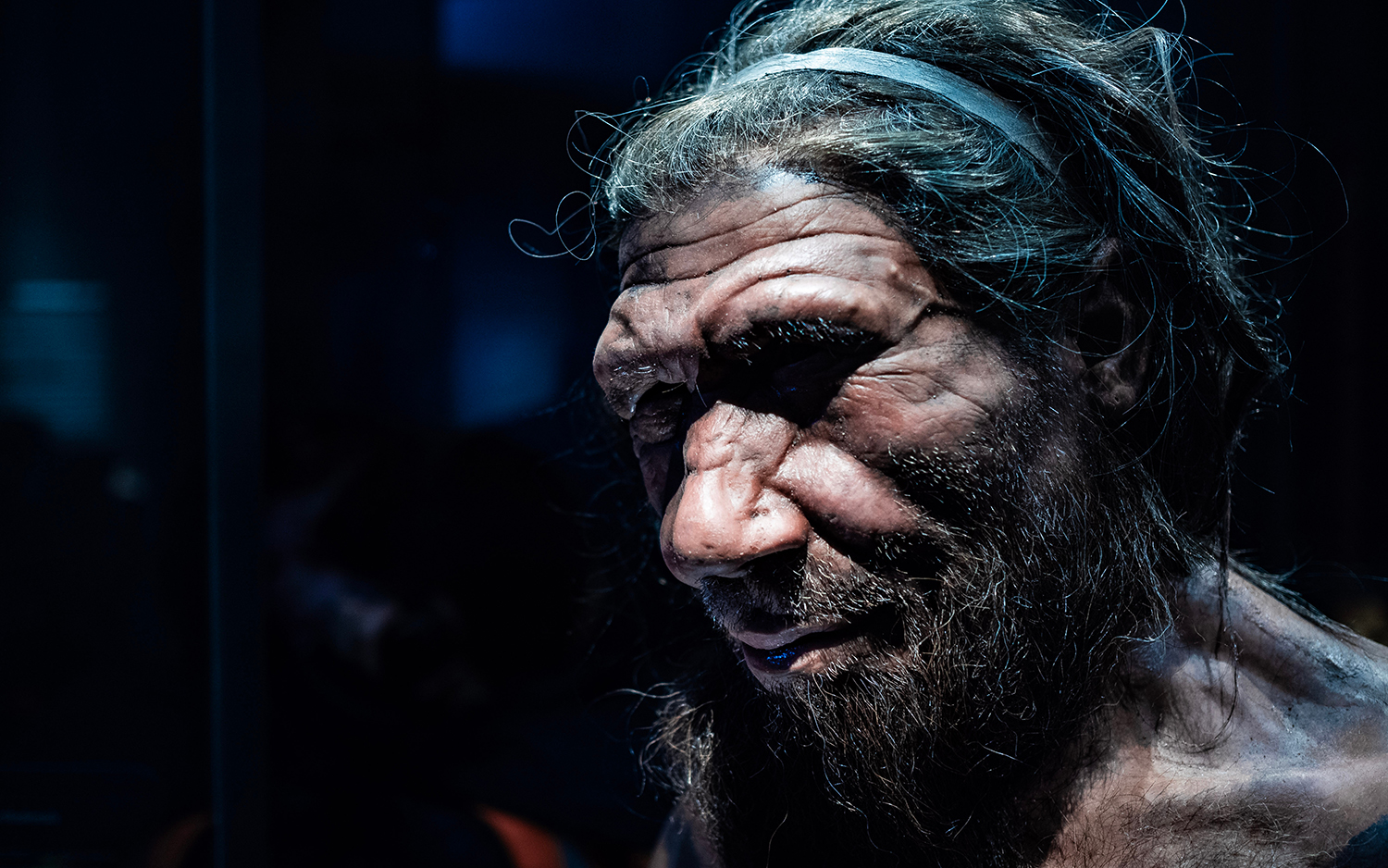Climate Change Drove Some Neanderthals to Cannibalism

Six Neanderthals who lived in what is now France were eaten by their fellow Neanderthals some 100,000 years ago, according to gruesome evidence of the cannibalistic event discovered by scientists in a cave in the 1990s.
Now, researchers may have figured out why the Neanderthals, including two children, became victims of cannibalism: global warming.
While prior studies have interpreted Neanderthal remains to find proof of cannibalistic behavior, this is the first study to offer clues as to what may have led Neanderthals to become cannibals. Scientists found that rapid shifts in local ecosystems as the planet warmed may have extinguished the animal species that Neanderthals ate, forcing them to look elsewhere to fill their bellies. [25 Grisly Archaeological Discoveries]
The researchers examined a layer of sediment in a cave known as Baume Moula-Guercy, in southeastern France. There, excavations in 1999 by another team of scientists had uncovered 120 Neanderthal bones from six individuals that showed signs of being cannibalized.
Later, in 2014, another group of researchers analyzed the cave deposits to a depth of 26 feet (8 meters), dividing them into 19 layers associated with three climate shifts. For the new study, the authors turned their attention to layer 15, a silty sediment layer about 16 inches (40 centimeters) thick, covering approximately 98 to 131 feet (30 to 40 m) of the cave floor.
In that layer, charcoal and animal bones were so well-preserved that scientists could reconstruct an environmental snapshot representing 120,000 to 130,000 years ago. They discovered that the climate in the area was likely even warmer than it is today, and that the transition from a cold, arid climate to a warmer one happened quickly, "maybe within a few generations," study co-author Emmanuel Desclaux, a research associate at the University of Nice Sophia Antipolis in France, told Cosmos magazine.
As the animals that once populated the landscape vanished, some Neanderthals ate what they could find — their neighbors.
Get the world’s most fascinating discoveries delivered straight to your inbox.
Cannibalism is by no means exclusive to Neanderthals, and has been practiced by humans and their relatives "from the early Palaeolithic to the Bronze Age and beyond," the study authors reported. The behavior adopted by the starving Neanderthals in the Baume Moula-Guercy should therefore not be viewed as "a mark of bestiality or sub-humanity," but as an emergency adaptation to a period of severe environmental stress, according to the study.
The findings were published online in the April issue of the Journal of Archaeological Science.
- In Photos: Neanderthal Burials Uncovered
- Photos: See the Ancient Faces of a Man-Bun Wearing Bloke and a Neanderthal Woman
- Top 10 Mysteries of the First Humans
Originally published on Live Science.

Mindy Weisberger is a science journalist and author of "Rise of the Zombie Bugs: The Surprising Science of Parasitic Mind-Control" (Hopkins Press). She formerly edited for Scholastic and was a channel editor and senior writer for Live Science. She has reported on general science, covering climate change, paleontology, biology and space. Mindy studied film at Columbia University; prior to LS, she produced, wrote and directed media for the American Museum of Natural History in NYC. Her videos about dinosaurs, astrophysics, biodiversity and evolution appear in museums and science centers worldwide, earning awards such as the CINE Golden Eagle and the Communicator Award of Excellence. Her writing has also appeared in Scientific American, The Washington Post, How It Works Magazine and CNN.


